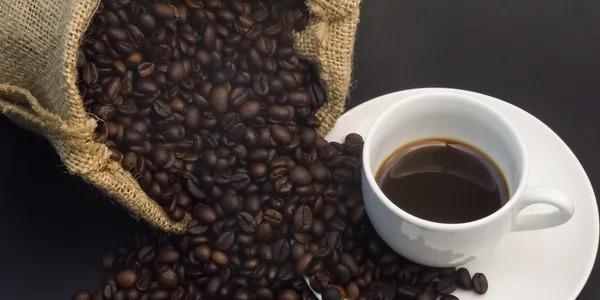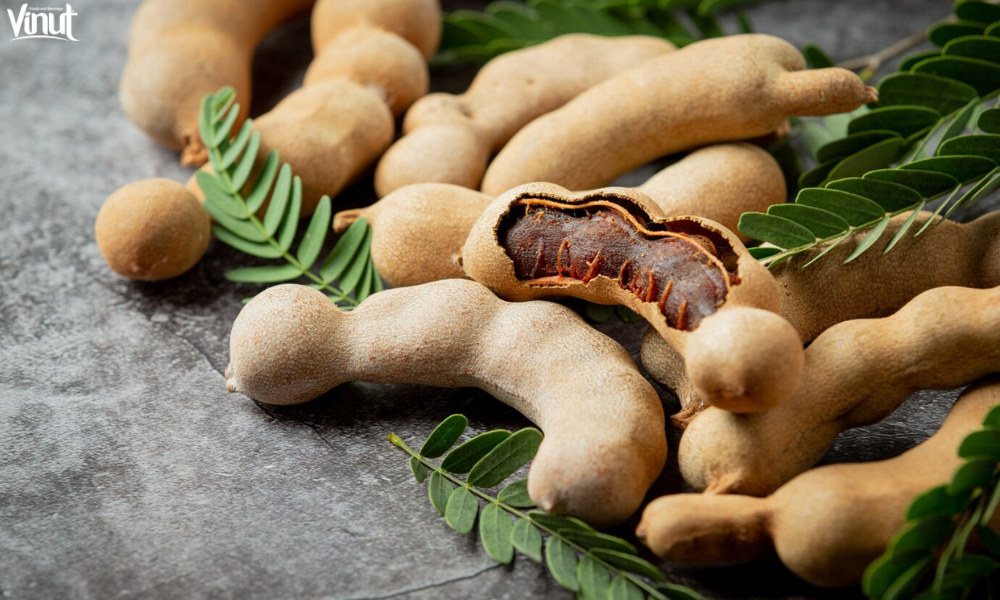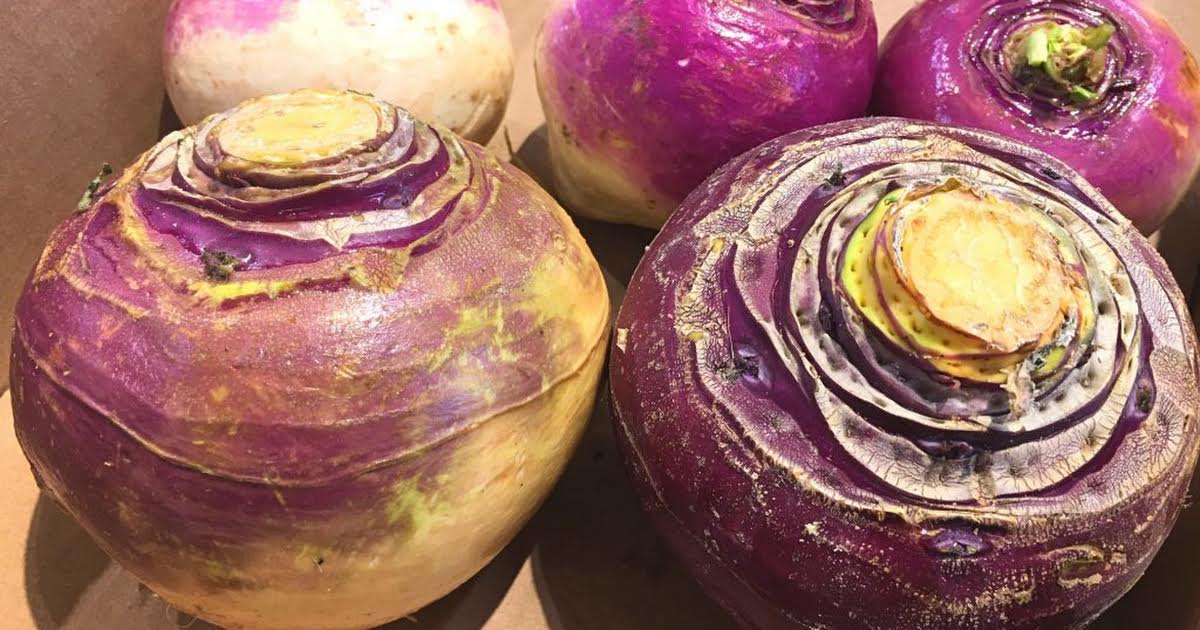Espresso Beans vs Coffee Beans: Unraveling the Roasting Process
– Espresso beans and coffee beans have the same origin and are used to brew coffee
– The main difference between espresso beans and coffee beans is in the way they are roasted
– Roasting brings out the aroma and flavor of beans
– Lightly roasted beans are dense and require a longer brewing time
– Medium-roasted beans have a stronger flavor and a bit of oil on the surface
– Dark roasted beans have an oily sheen and a bitter taste
– Espresso beans are specifically for brewing coffee with an espresso machine
– Espresso beans are dark roast coffee beans suitable for use in espresso machines
– Espresso beans have a more intense and concentrated flavor compared to other brewing methods
– The grind size of espresso beans is very fine, allowing for maximum flavor extraction
– Espresso shots have a robust and full body, strong aroma, and a mouthful feel
– Espresso beans have a higher concentration of natural oils
– Espresso beans have less acidity compared to other coffee beans
– Espresso beans have less caffeine due to longer roasting process
– One shot of espresso has similar caffeine content to one cup of drip coffee
– Espresso shots are used as a base in many fancy drinks
– Espresso beans are brown in color and have a shiny surface
– Using any other type of coffee bean may not extract the exact flavor and strong brew of espresso beans
– Ordinary coffee beans can be roasted to different levels (light, medium, dark roast)
– Coffee beans have a coarser grind and may not have as much oil
– Coffee beans are used for various brewing techniques and do not produce a crema
– Espresso beans have a higher concentration of bitterness compared to coffee beans
– Espresso beans require high pressure for concentrated coffee, while regular coffee beans do not
– The article suggests using a CBTL Single-Serve Brewing System and espresso capsules for convenience
– The Coffee Bean & Tea Leaf offers a variety of coffee beans in light, medium, and dark roasts


